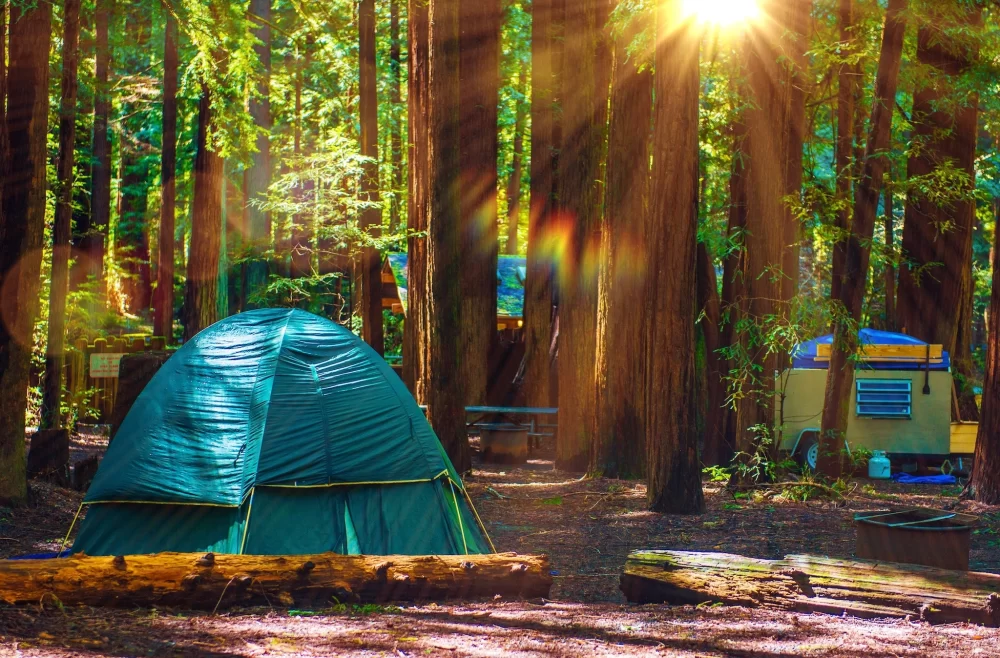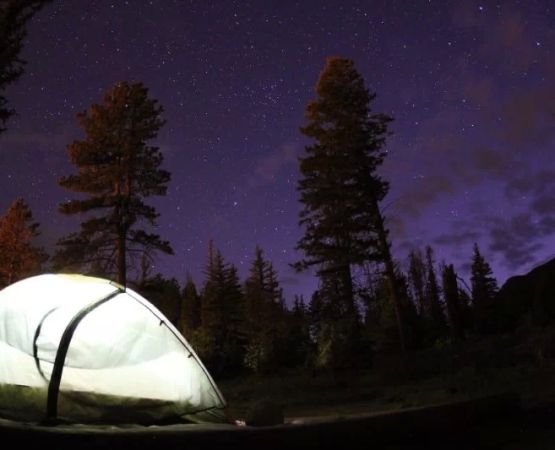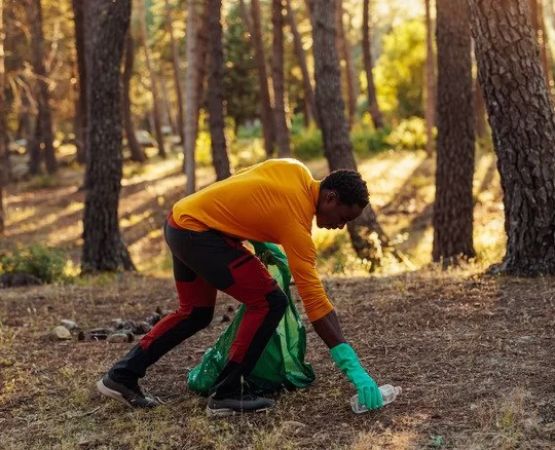Finding Your Perfect Peaceful and Secluded Camping Spot
If you’re like me, the idea of a camping trip often means escaping the hustle and bustle of daily life. The quiet hum of nature, the rustle of leaves in the wind, and the chirping of birds are the soundtrack to my perfect getaway. But how do you find a peaceful and secluded camping spot in the vast wilderness of the United States? Let me take you through some of the tips and methods I’ve used to uncover hidden camping gems that offer the solitude and tranquility we all crave.
1. Understanding What Makes a Camping Spot Secluded
Before you even begin your search, it's essential to define what "secluded" really means. For me, a secluded spot isn't just a place away from the crowds; it’s a place where I can reconnect with nature, reflect, and breathe in the fresh air without the constant distraction of civilization. It should be far enough from popular tourist spots, so you’re not surrounded by other campers or hikers.
Seclusion doesn’t always mean remoteness either. Some campsites are tucked away in national forests or hidden valleys that are still accessible by car or foot, but not overly popular. The key here is the balance between being far enough from large crowds and still being safe and accessible.
2. Research the Best National Parks and Forests
The United States is home to some of the most beautiful national parks and forests in the world, many of which offer secluded camping options. Some of my favorite spots include:
- Great Smoky Mountains National Park - Known for its mist-covered peaks and quiet streams, there are numerous backcountry campsites that offer a peaceful retreat.
- Olympic National Park - From lush rainforests to rugged coastlines, this park has a variety of campsites that provide solitude.
- Yosemite National Park - While the valley floor can get crowded, there are several backcountry spots that feel like they’re a world away.
- Deschutes National Forest, Oregon - If you’re looking for seclusion by a lake or a quiet forest, Deschutes offers plenty of options.
These locations not only offer natural beauty but also provide a variety of campsites that are less visited and offer that much-needed solitude. Many national parks offer maps or apps to help you locate these secluded gems, so be sure to take advantage of those resources.
3. Explore National Forests and Bureau of Land Management (BLM) Land
While national parks can be crowded, national forests and BLM lands often offer more secluded and remote camping options. What I love about these areas is the lack of strict regulations compared to national parks, meaning you can often camp more freely. In my experience, it’s easier to find remote, secluded campsites by driving down dirt roads or hiking a little off the beaten path.
For example, the San Juan National Forest in Colorado or the Toledo National Forest in Ohio provide great opportunities for remote camping. BLM-managed land across the western U.S. is another treasure trove of secluded camping spots.
Keep in mind that these areas often require you to be more self-sufficient, as facilities like bathrooms and water might not be available. But for those who enjoy a truly rustic experience, this is a perfect opportunity to enjoy nature without distractions.
4. Check Local Campground Listings and Apps
There are a number of websites and apps that specialize in helping campers find remote, secluded spots. Websites like Campendium, Hipcamp, and AllTrails are excellent resources to browse user reviews, check out photos, and gather tips about secluded camping locations.
These platforms often have a filter for more remote or quiet campsites, which helps narrow down your search. I've used these sites to find campsites that are hidden away in lesser-known locations, away from the larger crowds. Many of these campgrounds are either first-come, first-served, or require a reservation, so be sure to plan accordingly.
5. Timing Your Trip for Maximum Seclusion
Timing plays a huge role in finding that perfect secluded spot. I’ve found that camping during the off-season, such as early spring or late fall, is the best way to avoid crowds. Even during peak summer months, choosing to camp mid-week rather than on the weekends can make a big difference. Popular areas like the Grand Canyon or Yellowstone can get crowded, but going during less busy times can help you find spots where you can be alone with nature.
6. Leave No Trace and Respect the Environment
One of the most important lessons I’ve learned during my camping adventures is the Leave No Trace principles. It’s essential to minimize your impact on the environment, especially in secluded areas where others may not pass by regularly. Make sure to pack out all of your trash, use biodegradable soap, and avoid creating new campsites in pristine areas. By respecting nature, we ensure these peaceful, secluded places remain for future generations.
On one of my trips to the White Mountain National Forest in New Hampshire, I encountered a camper who had left behind trash and even built a fire ring in a sensitive area. It was a stark reminder of the importance of preserving these spots. A little care and respect go a long way!
7. Embrace the Unpredictability of Secluded Camping
When you venture into more remote, secluded areas, it's important to remember that these trips can be unpredictable. On one of my trips to the Redwoods National Park, I found myself in the middle of a rainstorm with no one else around for miles. While it was challenging at the time, it ultimately made the experience even more memorable. The solitude and raw nature of the experience allowed me to truly appreciate the wilderness.
So, pack smart, be prepared for anything, and keep an open mind. Some of the best moments in secluded camping come from embracing the unexpected challenges that nature throws your way.







